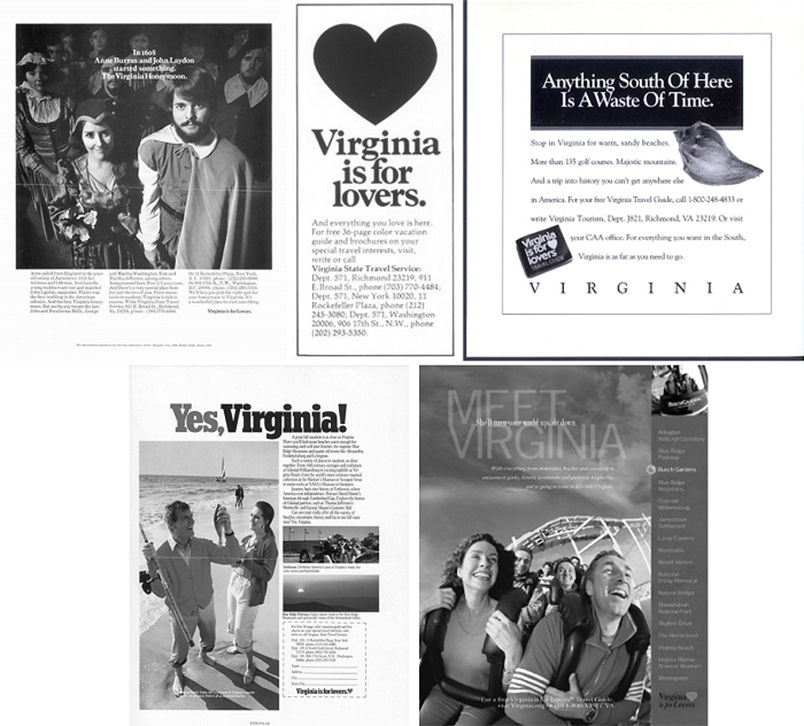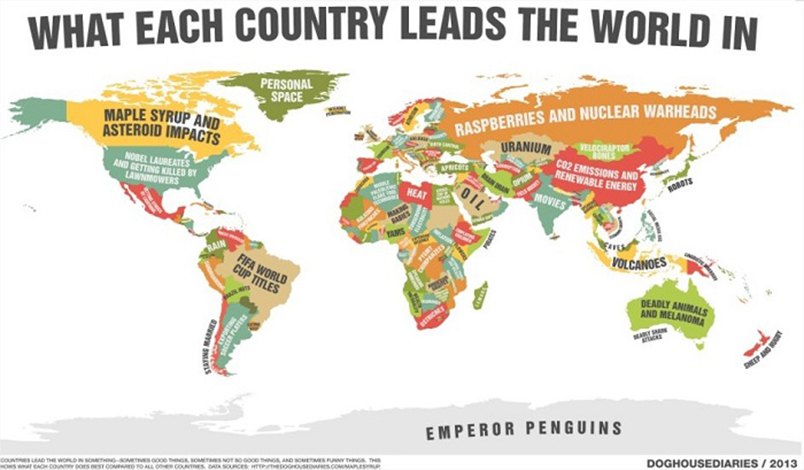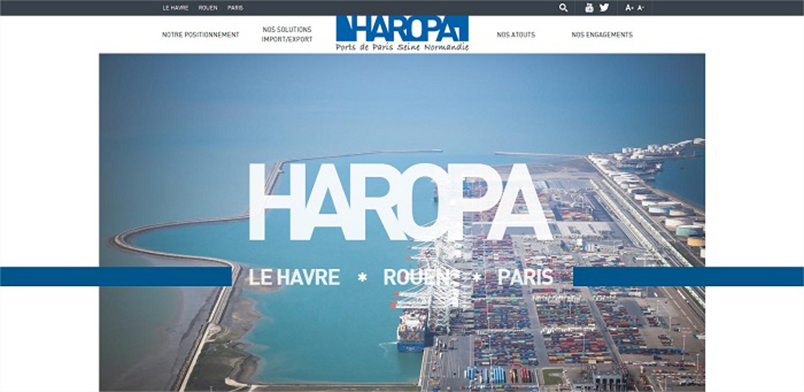Territorial branding : far more than a logo
In thesetimes of continuous streams, trade liberalization and free movement ofinidviduals, administrative and geographical borders tend to fade away, leadingto the redefinition of the idea of territorial space. The current context of aweakened macroeconomic and geopolitical situation has encouraged the local andregional authorities to communicate on their competitive assets, to stand up onan international stage. We’ve witnessed the emerging development of specificidentities for countries, cities and regions, positioning themselves as brands.Saying this, destination branding is not a new trend, or an umpteenth fad ofthe communications industry. The first initiative of this kind was launched in1969 by the State of Virginia in the US ; « Virginia is for lovers » has beenincidentally cited as one the most iconic campaigns of the past 50 years by themagazine Ad Age.

« I love NY» : who isn’t aware of this logo/tagline that is now so cult that other citieshave imitated it (I love SF, I love LA, …), as well as numerous brands ? (TheFrench bank La Banque Postale used it to promote one of its savings accountsoptions for instance).
This symbolturned into a genuine cultural icon has become a Holy Grail for most of thecities in the world : I Am-sterdam, Mad-rid about you, Only Lyon, Be Berlin,It’s better in the Bahamas, C-Open-Hagen, …
However,destination branding can’t be reduced to a tagline, or to a graphicillustration : the final goal is to reveal and show the different intricatefacets of a territory, associating a functional dimension (services,transports, architecture, …) and an emotional aspect (culture, heritage,encounters, …) to address multiple and demanding targets. The underlying aim isto switch paradigm and to evolve from location to destination.
What’s at stake for a territorial brand
Everycountry is naturally associated to a mental representation and a reputationrooted in a mix of constituent features such as history, universities, sports teamsor its inhabitants’ personalities.
Jean-NoëlKapferer states that “Countries are therefore names with brand power : theyhave the power to influence through the spontaneous associations they evoke,for good or ill, and through the emotions that they stir up.”

One of themajor issues to deal with for branding experts is to manage to sum up the wholebunch of evocations coming from a territory to one and only icon, which willact as a significant symbol while conveying its values’ set ; and which willaddress very distinctive private and public audiences. This symbol has toarouse an emotion, in order to be embraced by the people that define and embodythe territory. This is the most subtle part of the task and we’ve seen Londonfail at doing a good job : by dint of letting several identities and universelive alongside, the city doesn’t know which one is right and has suffered froman identity crisis…
At last, asany mass consumption brand, a territory brand must draw on concretereasons-to-believe, to prove its promise worthy. « What is said » of aterritory is more important as what the territory says of itself. It is crucialthat the image and perceived values translate into facts, especially in theitems – the 6 As – presented in the Destination Marketing AssociationInternational : Amenities, Attraction, Activities, Accessibility, Ancillaryservices, Available packages.
Defining new borders
Mainlymotivated by economic purposes, some cities rally around one strong and uniquebrand – supported by their city halls, their chambers of commerce or theirtourist centers – blurring thus the previously well-defined frontiers.Saint-Etienne territory is an illustration of this trend ; its brandpositioning, visual identity and signature, as well as communicationsguidelines have been developed by CBA. This type of association is challengingsince it is based on the federation of endorsers with different perspectivesand the reconciliation of plural identities around a common legitimate message.

On theother end, some official boundaries get blast under the aegis of inhabitantsproud to promote what they consider as their spaces, showing off their localfeeling of belonging. In Paris for instance, there is a raging hype war betweenSoPi (standing for South of Pigalle) and NoMa (standing for North of Marais). Adesigner from Chicago decided to ally his two passions – his city and his job –and came up with the Chicago Nieghborhoods project : an original creation forthe 77 districts of the North-American city, inspired from its own experiencesand imagination. Other neighbourhoods go even further and develop their ownidentity system, targeting tourists and people from close neighbourhoods to goout, shop, travel or live there. Georgetown in Washington D.C. is one exampleamongst others.
Today more than ever, territory branding is acomplex sum of references to institutions and collective meaning and of apersonal, emotional and creative reinterpretation of a shared universe bycitizens.

